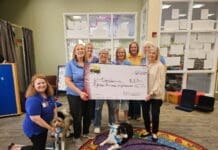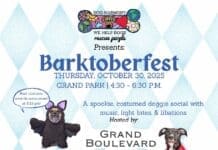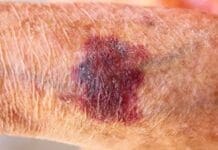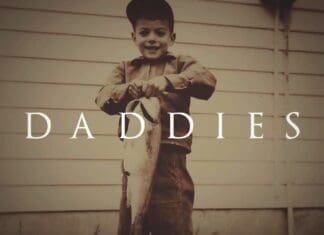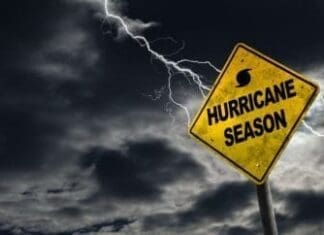Summer Fun on the Emerald Coast
There’s nothing like summer along the Emerald Coast. The heat of the salty day stretches into the buzz of the night, alive with music...
TNBT 2025 Call for Speakers Press Release
The Walton Area Chamber of Commerce Launches Speaker Search for “The Next BIG Thing,” 2025 Annual Conference on October 6th at Hilton Sandestin Beach Golf...
ECP Announces Art Escape, A Cultural Initiative Featuring Regional Artists
Work from select Bay and Walton County artists to be showcased in the airport’s concourse.
Northwest Florida Beaches International Airport (ECP), together with Life Media...
Governor DeSantis Signs New Law Restoring Public Beach Access in Panhandle
By Douglas D. Stauffer
Governor Ron DeSantis signed landmark legislation in Walton County recently that restores public beach access and returns local authority to communities...
The Underrated Power of Sleep
By Dr. Karen DeVore
If there’s one thing I wish more people understood about their health, it’s this: you cannot out-supplement or out-caffeinate your way...
2025 Emerald Coast Theatre Company Summer Theatre Camps
Mini Player Camps (Ages 5–7)
For rising kindergarteners, half-day camps run Monday – Friday from 9 a.m. to 12 p.m. Each week features a different...
Gulf Coast Prepared: Readying Your Property for Extreme Heat & Storms
By Todd Morris
I’ve lived and worked along Florida’s Gulf Coast long enough to know how quickly things can change. One minute, the sun’s out...
Sean of the South: Daddies
By Sean Dietrich
The radio was on. WSM 650 AM. It was a summer night. The crickets were out. The garage door was open.
Daddy was...
Introducing Clint Gharib and Tim Pashley of Oxford Retirement Advisors
Oxford Retirement Advisors, a leading financial advisory firm focusing on retirement planning and asset management, is pleased to announce the opening of their newest...
Storm-Ready Starts with Coverage: What You Need to Know Before Hurricane...
As we do every year, South Walton Life is bringing readers up-to-date guidance on preparing for hurricane season—this time with the help of local...





